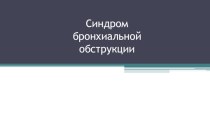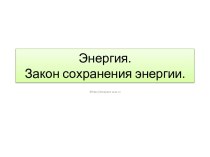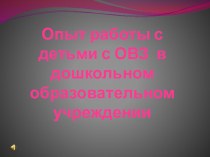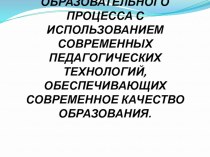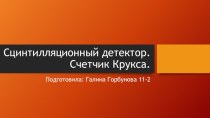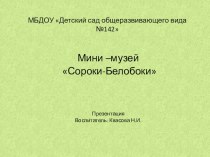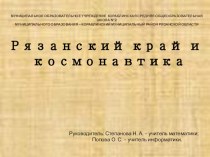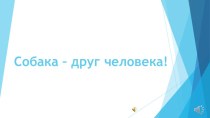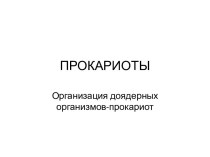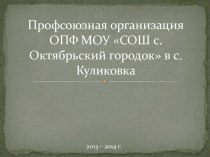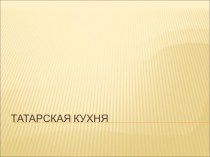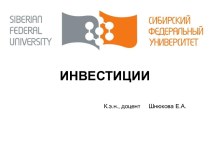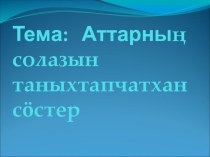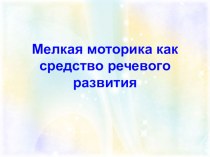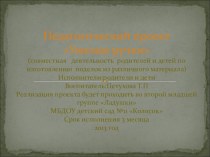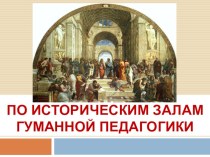- Главная
- Разное
- Бизнес и предпринимательство
- Образование
- Развлечения
- Государство
- Спорт
- Графика
- Культурология
- Еда и кулинария
- Лингвистика
- Религиоведение
- Черчение
- Физкультура
- ИЗО
- Психология
- Социология
- Английский язык
- Астрономия
- Алгебра
- Биология
- География
- Геометрия
- Детские презентации
- Информатика
- История
- Литература
- Маркетинг
- Математика
- Медицина
- Менеджмент
- Музыка
- МХК
- Немецкий язык
- ОБЖ
- Обществознание
- Окружающий мир
- Педагогика
- Русский язык
- Технология
- Физика
- Философия
- Химия
- Шаблоны, картинки для презентаций
- Экология
- Экономика
- Юриспруденция
Что такое findslide.org?
FindSlide.org - это сайт презентаций, докладов, шаблонов в формате PowerPoint.
Обратная связь
Email: Нажмите что бы посмотреть
Презентация на тему Providing broad access to data with odata
Содержание
- 2. ARC202Providing Broad Access to Data with ODataDavid Chappell PrincipalChappell & Associates
- 3. AgendaDescribing OData: The BasicsExamining OData: A Closer Look at the Technology
- 4. Describing OData: The Basics
- 5. The Problem: Accessing Diverse DataMany kinds of
- 6. A Solution: ODataThe Open Data Protocol (OData)
- 7. ODataData SourcesClientsWeb Browsers(Internet Explorer,Firefox, …)Mobile Phones (Android, iPhone, Windows Phone 7)Illustrating ODataBI Tools(Microsoft Excel,Tableau Desktop)
- 8. OData Components (1)The OData data modelProvides a
- 9. OData Components (2)An OData serviceExposes an endpoint
- 10. Data SourceOData Components An illustrationClient
- 11. Accessing Data from Mobile Devices and Browsers An OData scenario
- 12. Exposing Data from a Cloud Application An OData scenario
- 13. Using Diverse Data Sources with BI Tools An OData scenario
- 14. Examining OData: A Closer Look at the Technology
- 15. The OData Data Model Entities and associations in the EDM
- 16. The OData Data Model A closer look at the EDM
- 17. The OData Protocol BasicsBased on HTTPExample verbs:POST:
- 18. The OData Protocol Illustrating Atom and AtomPub
- 19. The OData Protocol Mapping between EDM and Atom/AtomPub
- 20. The OData Protocol Serializing relational data in Atom/AtomPub
- 21. The OData Protocol Getting an AtomPub service document
- 22. The OData Protocol An example AtomPub service document… Customers Orders …
- 23. The OData Protocol Getting an Atom feed documentOrderIDStatusCustIDCustIDNameAddressCustomersOrdersRelational DatabaseOData ServiceClient
- 24. The OData Protocol An example Atom feed
- 25. The OData Protocol An example Atom feed
- 26. The OData Protocol Some other optionsReturning the
- 27. The OData Protocol Serializing data with JSONThe
- 28. The OData Protocol Serializing data with JSONRequesting
- 29. The OData Protocol Issuing queries (1)The OData
- 30. The OData Protocol Issuing queries (2)Expressions:$orderby=: Orders
- 31. Implementing OData What Microsoft provides
- 32. ConclusionOData provides broad support for accessing many
- 33. Feedback Dear attendees!Your feedback is appreciated!In notepad
- 34. Questions? Providing Broad Access to Data with
- 35. For Further ReadingIntroducing OData http://www.davidchappell.com/writing/white_papers/Introducing_OData_v1.0--Chappell.pdf
- 36. Скачать презентацию
- 37. Похожие презентации
ARC202Providing Broad Access to Data with ODataDavid Chappell PrincipalChappell & Associates
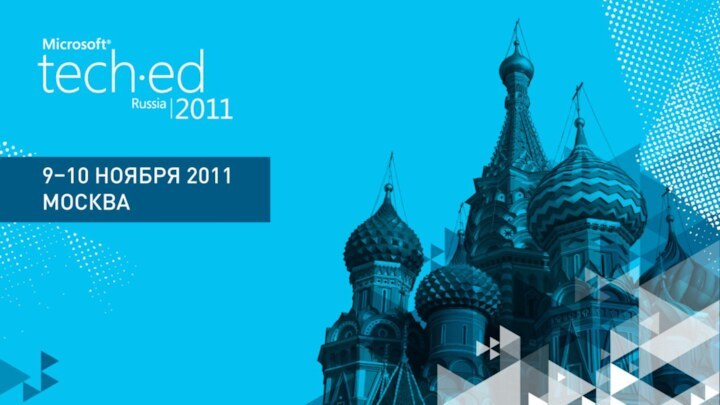
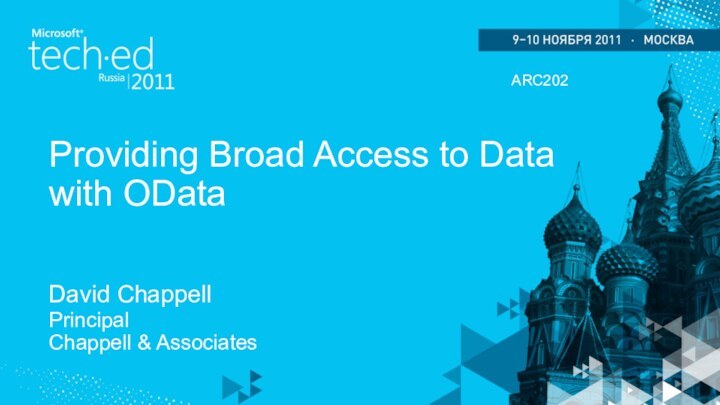
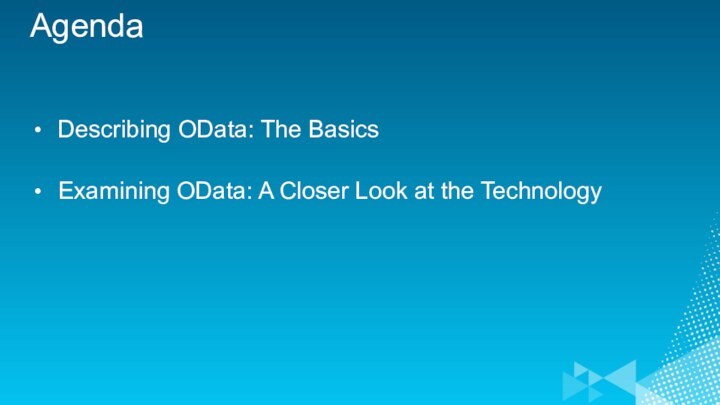

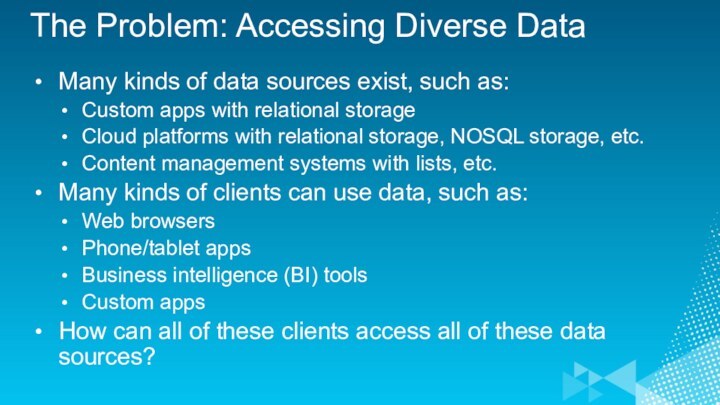
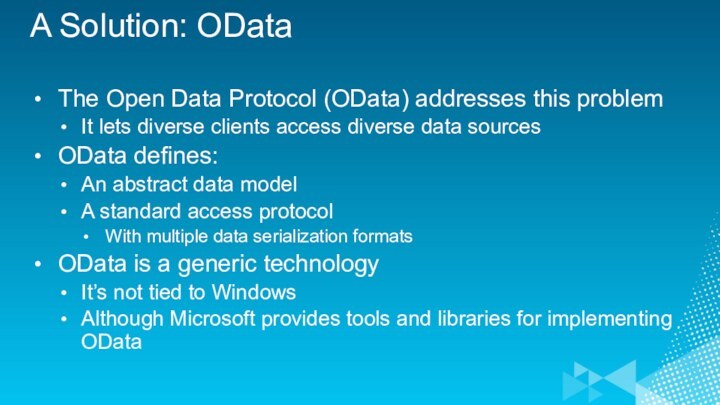
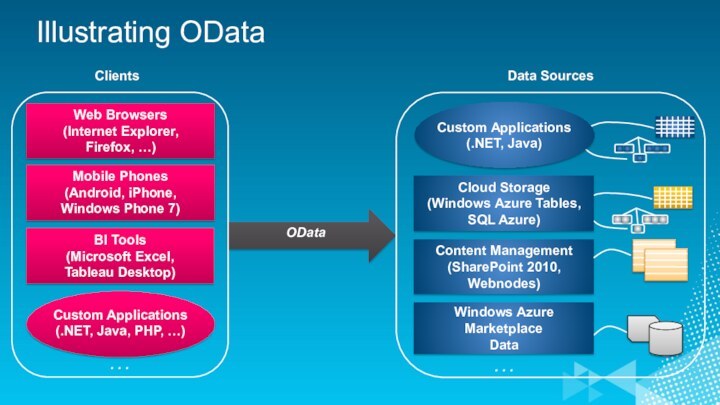

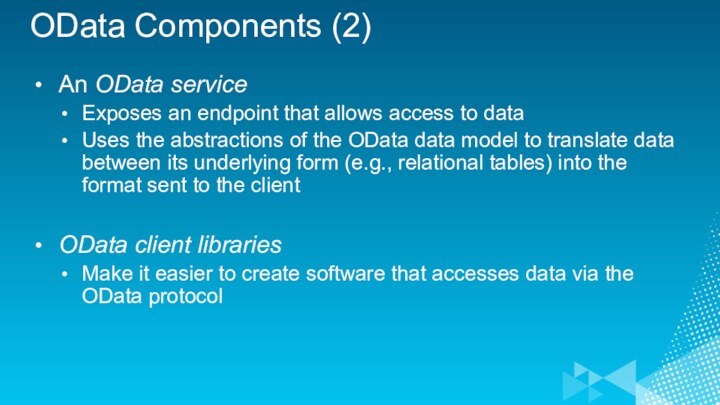
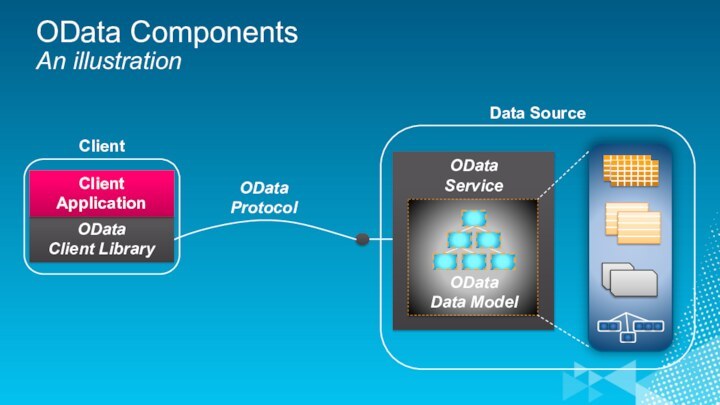
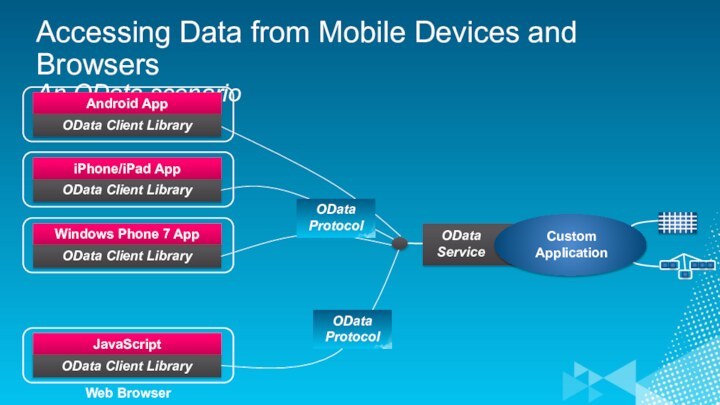
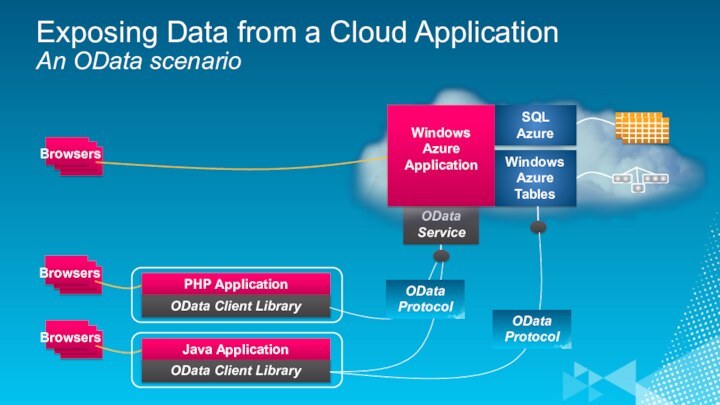
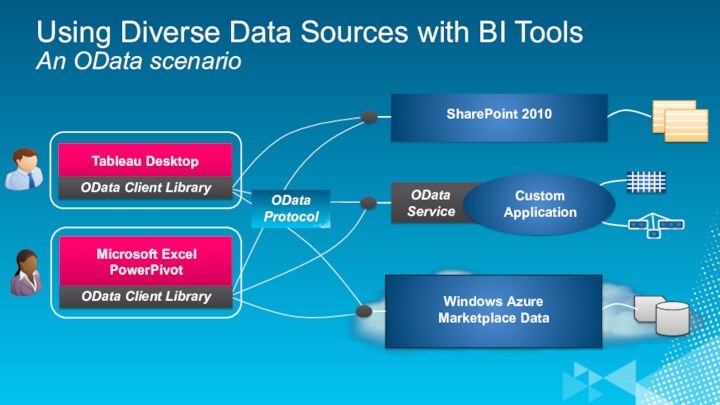

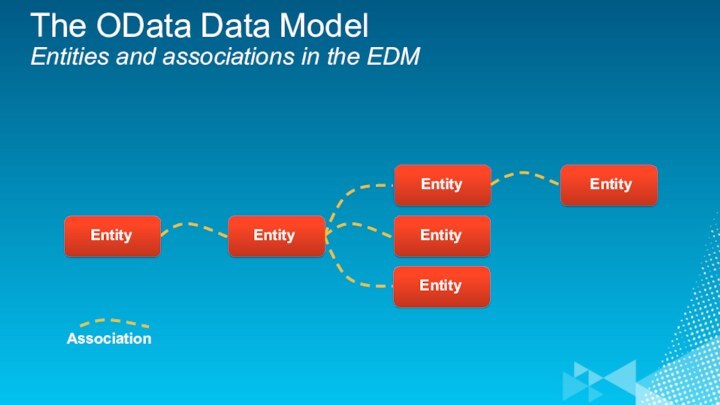
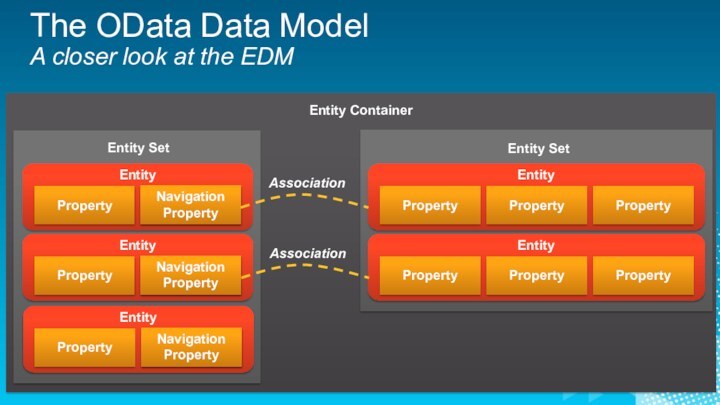
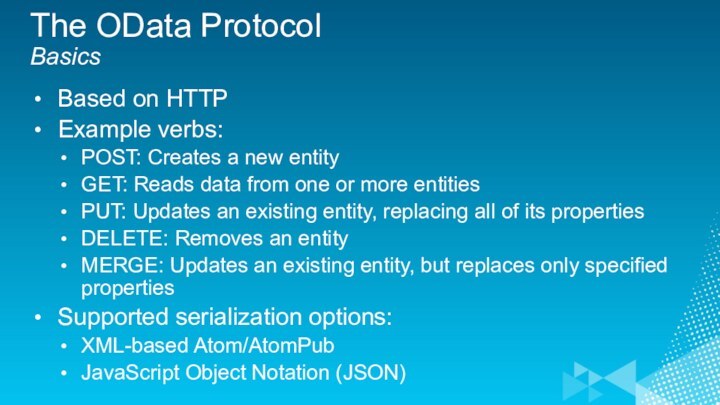
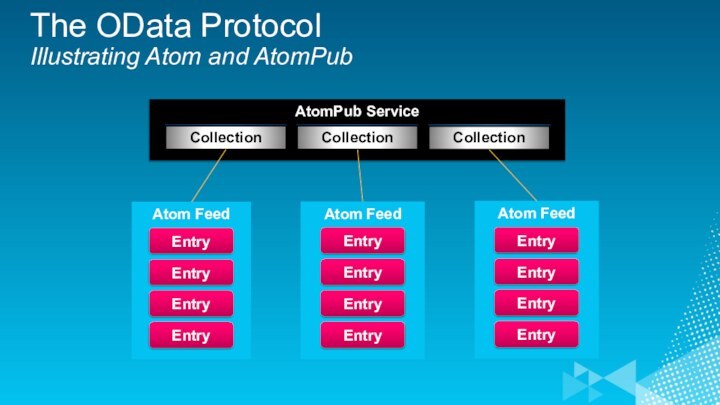
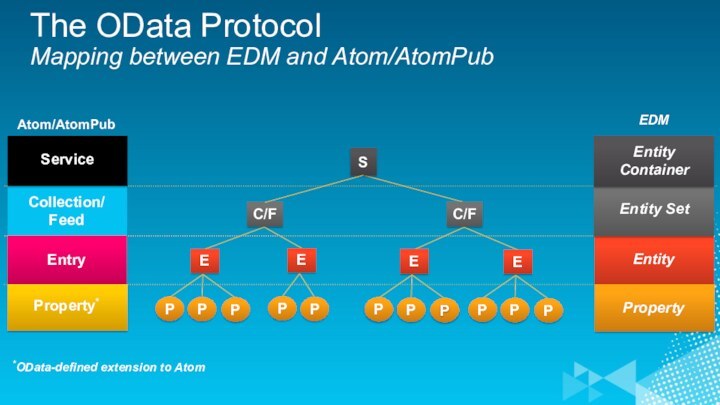
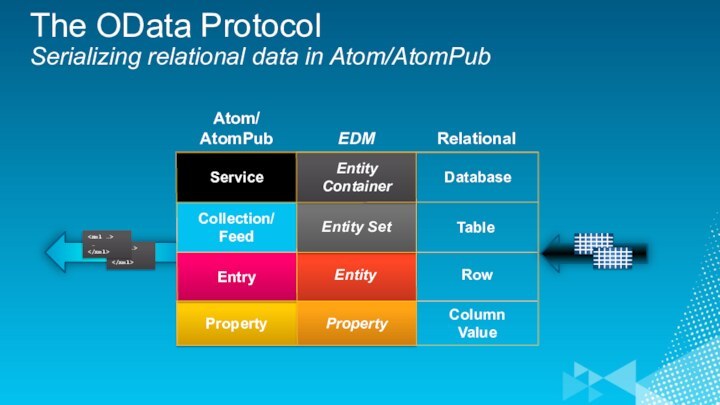
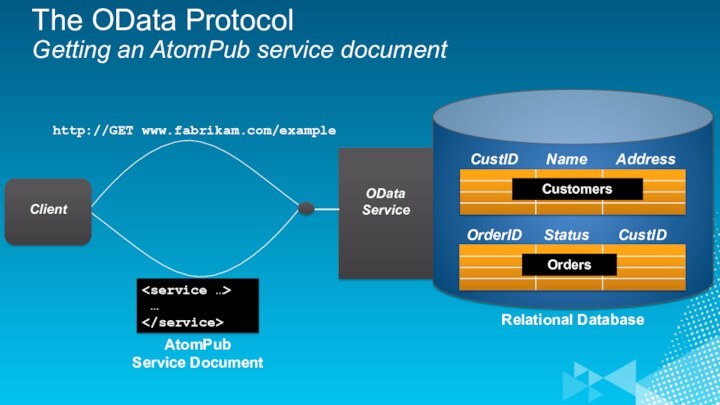
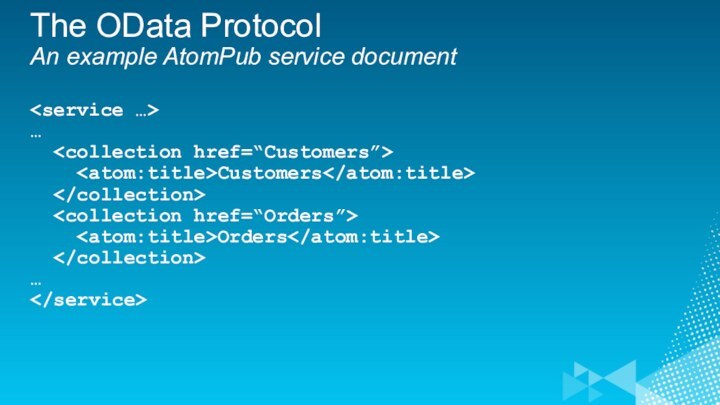
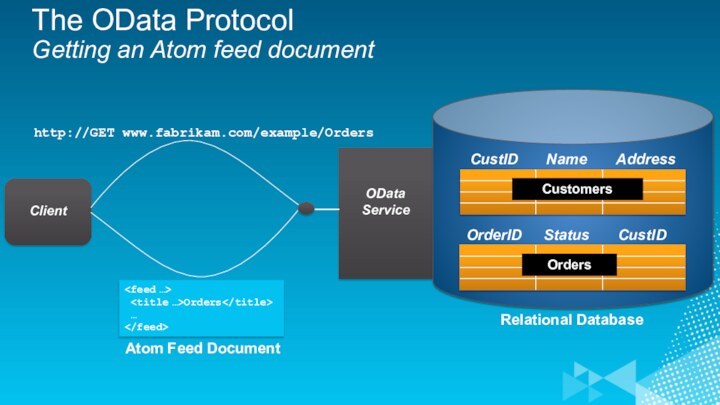
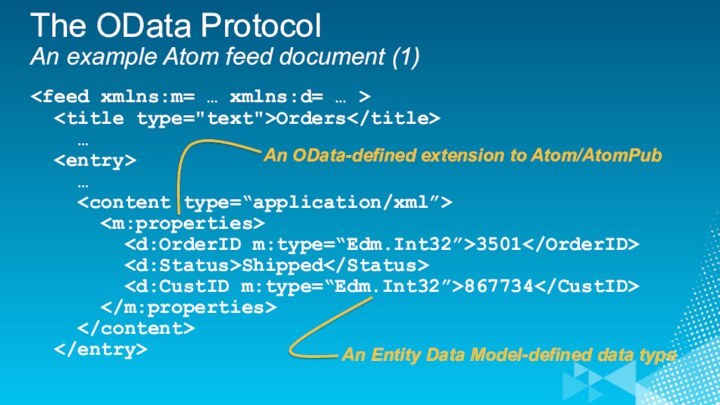
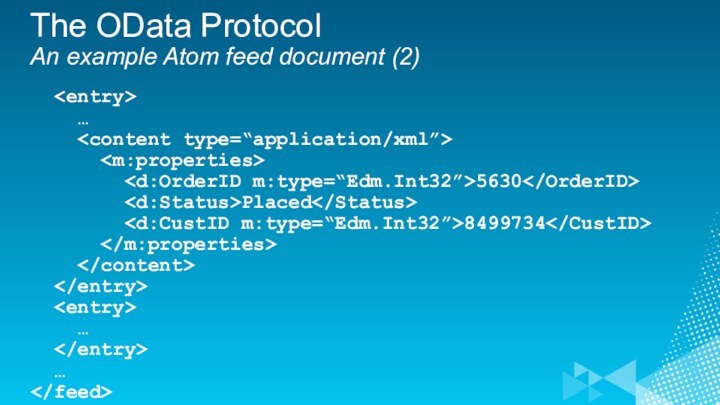
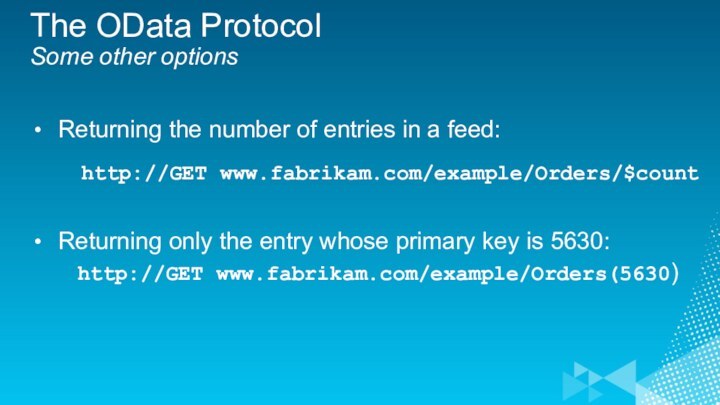
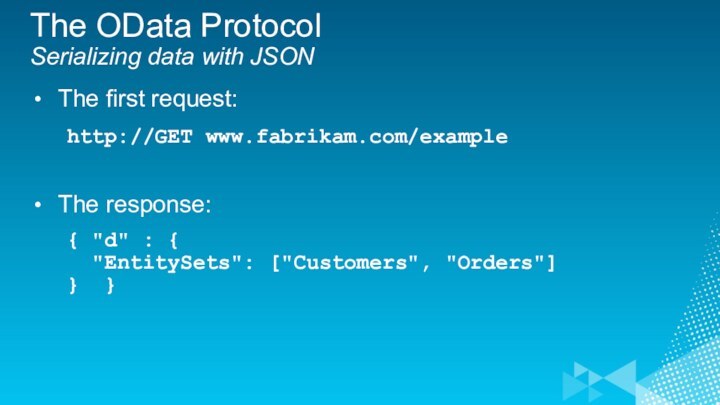
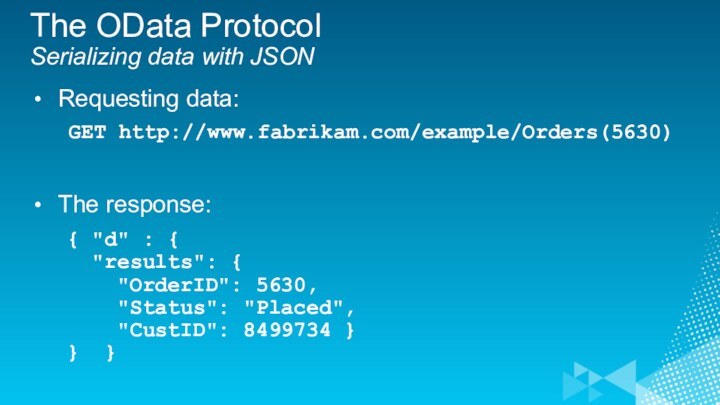
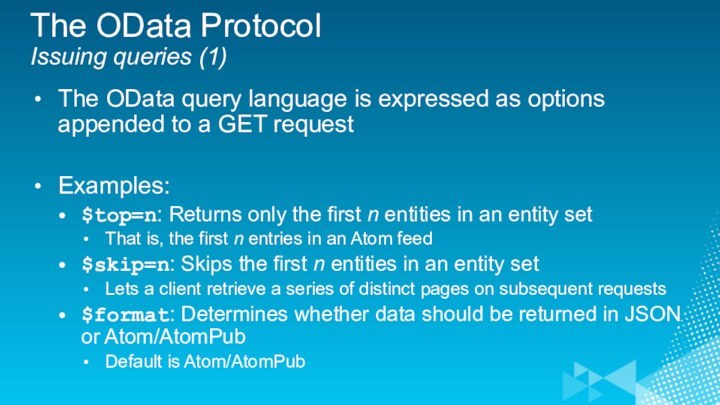
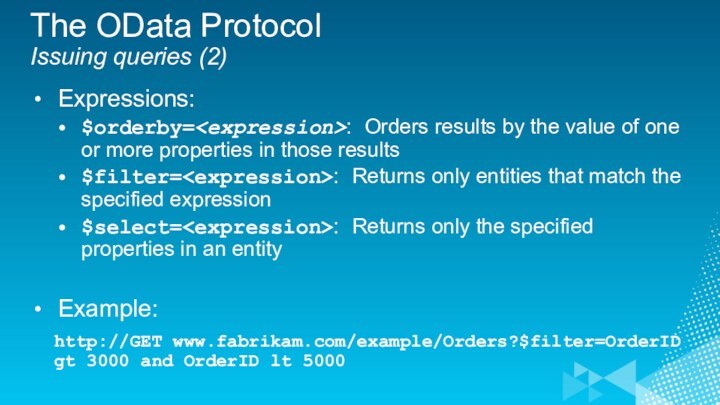
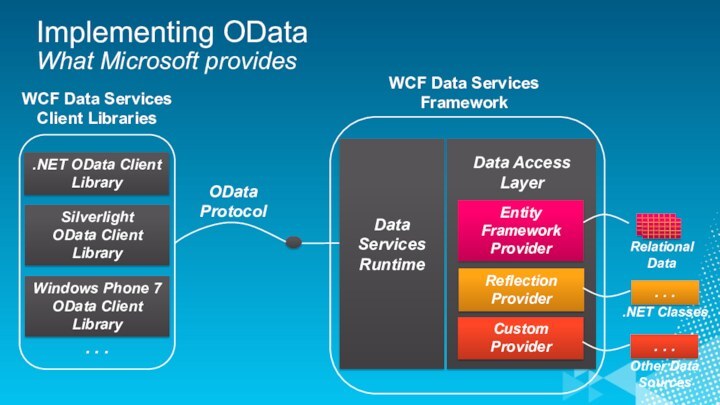
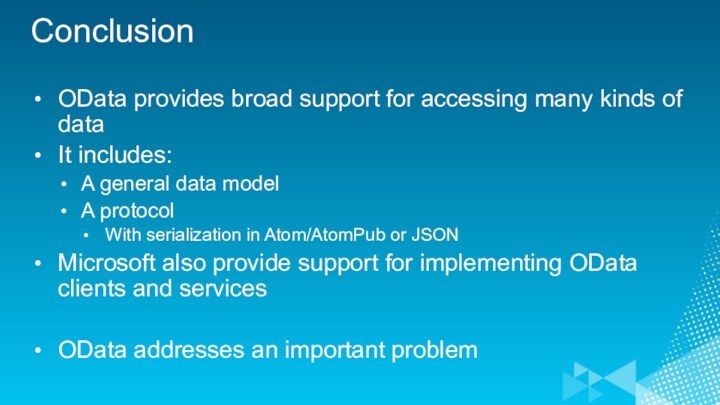
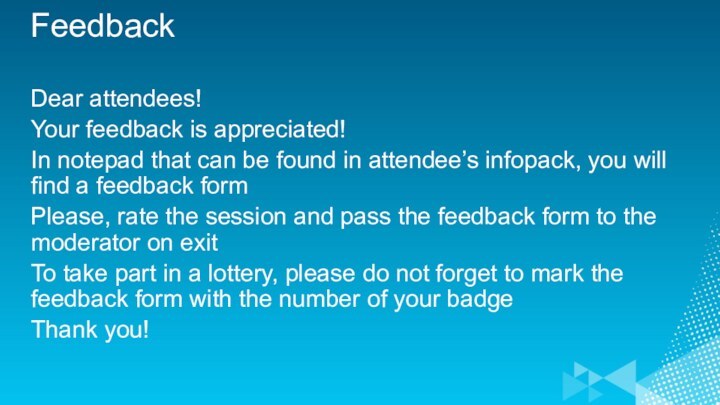

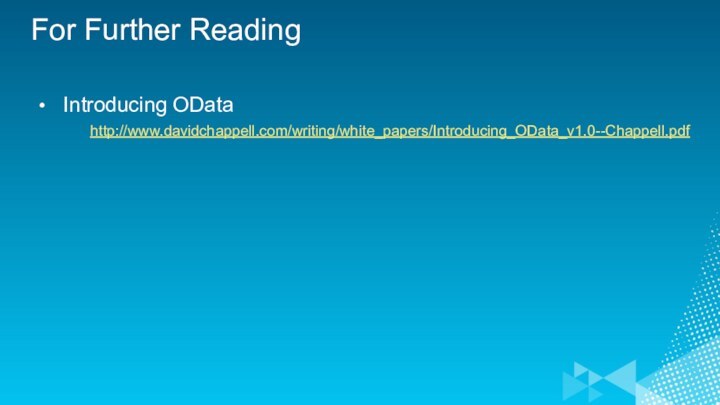

Слайд 5
The Problem: Accessing Diverse Data
Many kinds of data
sources exist, such as:
Custom apps with relational storage
Cloud platforms
with relational storage, NOSQL storage, etc.Content management systems with lists, etc.
Many kinds of clients can use data, such as:
Web browsers
Phone/tablet apps
Business intelligence (BI) tools
Custom apps
How can all of these clients access all of these data sources?
Слайд 6
A Solution: OData
The Open Data Protocol (OData) addresses
this problem
It lets diverse clients access diverse data sources
OData
defines:An abstract data model
A standard access protocol
With multiple data serialization formats
OData is a generic technology
It’s not tied to Windows
Although Microsoft provides tools and libraries for implementing OData
Слайд 7
OData
Data Sources
Clients
Web Browsers
(Internet Explorer,
Firefox, …)
Mobile Phones
(Android, iPhone,
Windows Phone 7)
Illustrating OData
BI Tools
(Microsoft Excel,
Tableau Desktop)
Слайд 8
OData Components (1)
The OData data model
Provides a generic
way to organize and describe data
Uses the Entity
Data Model (EDM) from Microsoft’s Entity Framework The OData protocol
Based on HTTP
Lets a client make requests to and get responses from an OData service
Слайд 9
OData Components (2)
An OData service
Exposes an endpoint that
allows access to data
Uses the abstractions of the OData
data model to translate data between its underlying form (e.g., relational tables) into the format sent to the clientOData client libraries
Make it easier to create software that accesses data via the OData protocol
Слайд 17
The OData Protocol
Basics
Based on HTTP
Example verbs:
POST: Creates a
new entity
GET: Reads data from one or more entities
PUT:
Updates an existing entity, replacing all of its propertiesDELETE: Removes an entity
MERGE: Updates an existing entity, but replaces only specified properties
Supported serialization options:
XML-based Atom/AtomPub
JavaScript Object Notation (JSON)
Слайд 23
The OData Protocol
Getting an Atom feed document
OrderID
Status
CustID
CustID
Name
Address
Customers
Orders
Relational Database
OData
Service
Client
Слайд 24
The OData Protocol
An example Atom feed document (1)
xmlns:m= … xmlns:d= … >
Orders
……
An OData-defined extension to Atom/AtomPub
An Entity Data Model-defined data type
Слайд 26
The OData Protocol
Some other options
Returning the number of
entries in a feed:
http://GET www.fabrikam.com/example/Orders/$count
Returning only the
entry whose primary key is 5630:http://GET www.fabrikam.com/example/Orders(5630)
Слайд 27
The OData Protocol
Serializing data with JSON
The first request:
http://GET www.fabrikam.com/example
The response:
{ "d" : {
"EntitySets": ["Customers", "Orders"] } }
Слайд 28
The OData Protocol
Serializing data with JSON
Requesting data:
GET http://www.fabrikam.com/example/Orders(5630)
The response:
{ "d" : {
"results":
{"OrderID": 5630,
"Status": "Placed",
"CustID": 8499734 }
} }
Слайд 29
The OData Protocol
Issuing queries (1)
The OData query language
is expressed as options appended to a GET request
Examples:
$top=n:
Returns only the first n entities in an entity set That is, the first n entries in an Atom feed
$skip=n: Skips the first n entities in an entity set
Lets a client retrieve a series of distinct pages on subsequent requests
$format: Determines whether data should be returned in JSON or Atom/AtomPub
Default is Atom/AtomPub
Слайд 30
The OData Protocol
Issuing queries (2)
Expressions:
$orderby=: Orders results by
the value of one or more properties in those
results$filter=
$select=
Example:
http://GET www.fabrikam.com/example/Orders?$filter=OrderID gt 3000 and OrderID lt 5000
Слайд 32
Conclusion
OData provides broad support for accessing many kinds
of data
It includes:
A general data model
A protocol
With serialization in
Atom/AtomPub or JSONMicrosoft also provide support for implementing OData clients and services
OData addresses an important problem
Слайд 33
Feedback
Dear attendees!
Your feedback is appreciated!
In notepad that
can be found in attendee’s infopack, you will find
a feedback formPlease, rate the session and pass the feedback form to the moderator on exit
To take part in a lottery, please do not forget to mark the feedback form with the number of your badge
Thank you!
